15 Forest Facts You Didn’t Know (But Should)
What is a Forest?
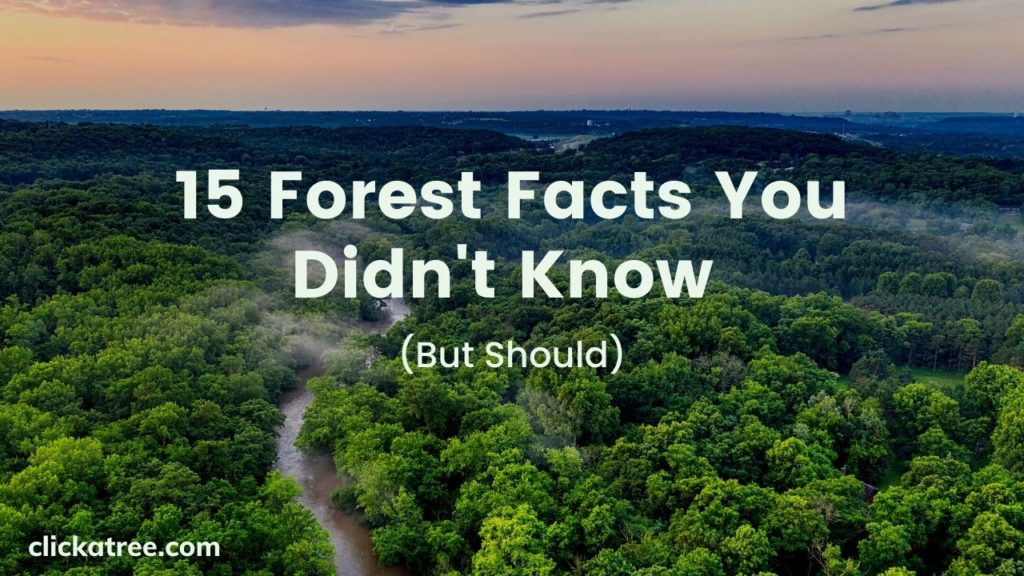
Let’s dive right into it and get into the fascinating world of forests.
What is a Forest? The Definition
According to the Food and Agriculture Organization of the UN, the technical definition of a forest is land spanning more than 0.5 hectares with trees higher than 5m, whose canopies cover more than 10 percent of the area.¹ But a forest is so much more! Beauty, serenity, life, income. And home to so many wonderful living beings.
What does a forest mean to you?

Yes, you can! Read on, because here are 15 amazing forest facts you really oak-ed to know!
1. Forests are Complex Ecosystems
What is a forest ecosystem? A forest ecosystem is the community of animals, plants, and other creatures that make the forest a living entity by interacting with the soil, water, and air of its environment. Forest ecosystems are incredibly rich and productive.
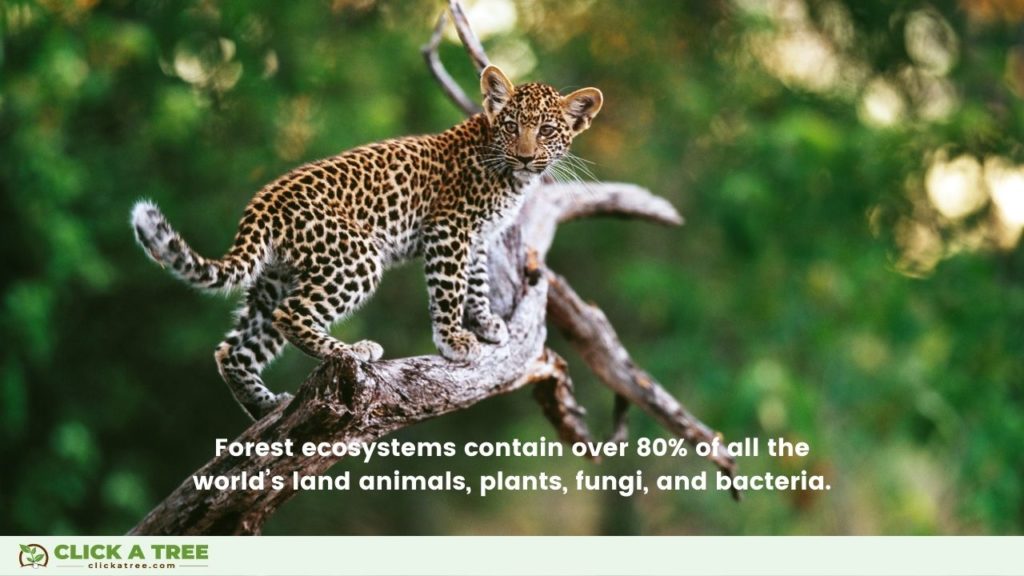
Forest ecosystems contain over 80% of all the world’s land animals, plants, fungi, and bacteria. This means that they are home to more animals and plants than any other place on Earth!
Forests provide food and protection for amazing animals.
2. Forests Help Fight Global Warming
Healthy forests can trap and store enough atmospheric carbon to help keep global warming in check.
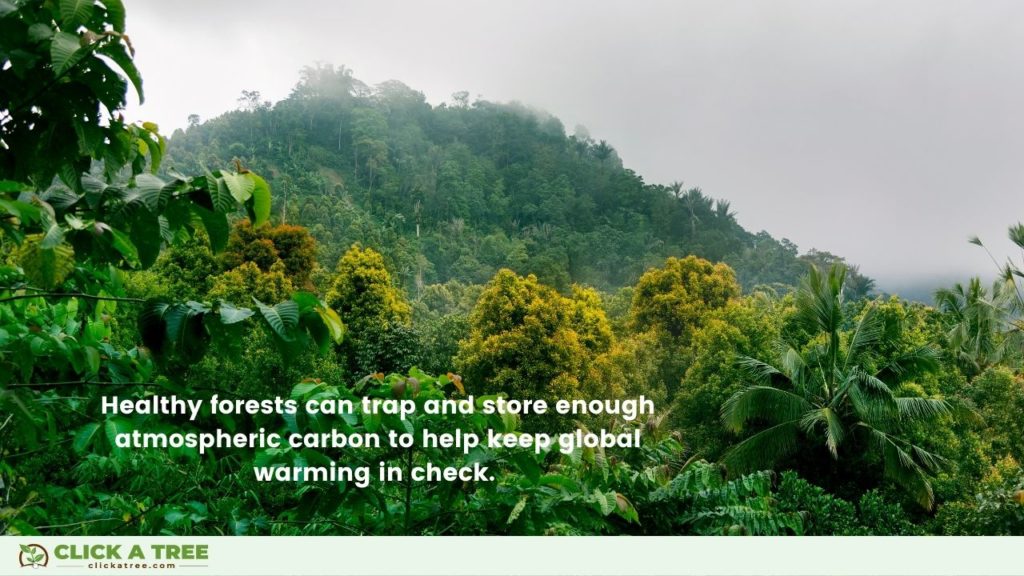
NASA estimates that tropical forests absorb 1.4 billion tons of harmful CO2 each year². That’s over two-thirds of the CO2 produced by all the countries in the European Union!
This might interest you as well: 11 Reasons Why Trees are Important and Vital to Us
3. Forests Produce Cancer Treatments
Did you know that forests are the source of over 120 prescription medicines? One of the most stunning forest facts is that the most effective anti-cancer treatments are produced by trees.

Forests are also the source of the latest medical treatments for type II diabetes and Alzheimer’s disease.
A stunning forest fact: Seventy percent of the plants identified as having anti-cancer characteristics by the US National Cancer Institute are found in tropical rainforests³.
4. Forests Provide Clean Water
Forests are a store of clean water. Forest soil purifies rainwater and large natural reservoirs form in many forest-protected areas.
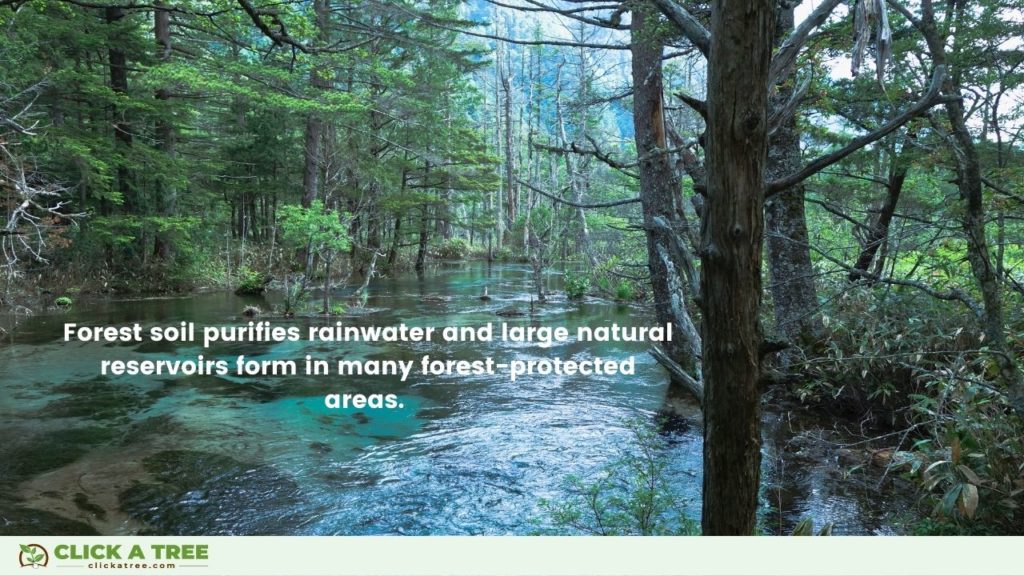
These not only benefit local communities and wildlife. Did you know that forest water reservoirs form the essential water supply for huge cities such as Bogotá, Mumbai, and Singapore?
5. Forest Therapy for Stress and Illnesses
Doctors in the UK are being encouraged to prescribe “forest bathing” as therapy for a number of illnesses⁴.
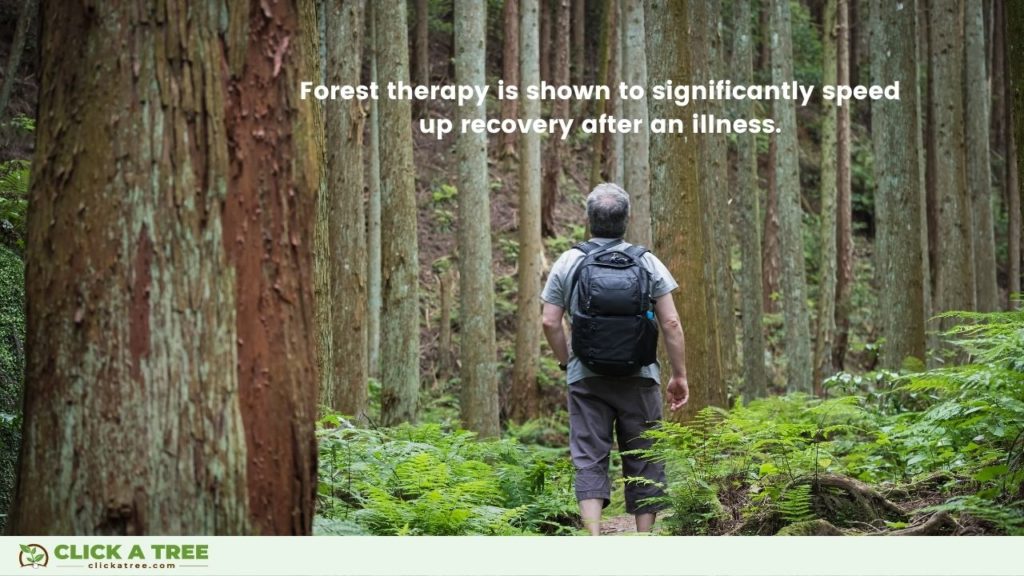
It’s a wonderful forest fact: simply exploring a forest and immersing yourself in the sights and sounds has benefits such as lowering blood pressure, reducing stress, and improving memory and concentration!
Forest therapy is shown to significantly speed up recovery after an illness.
6. Forests Sustain over a Billion People
According to the UN Food and Agriculture Organization, forests provide a livelihood for 1.6 billion people worldwide. Not only as a source of shelter, food, and water but also from the sale of valuable crops produced in forests, such as tropical fruit, cacao, and coffee.
We are well aware of important forest facts like this, and so agroforestry is an important component of our tree-planting project in Ghana.
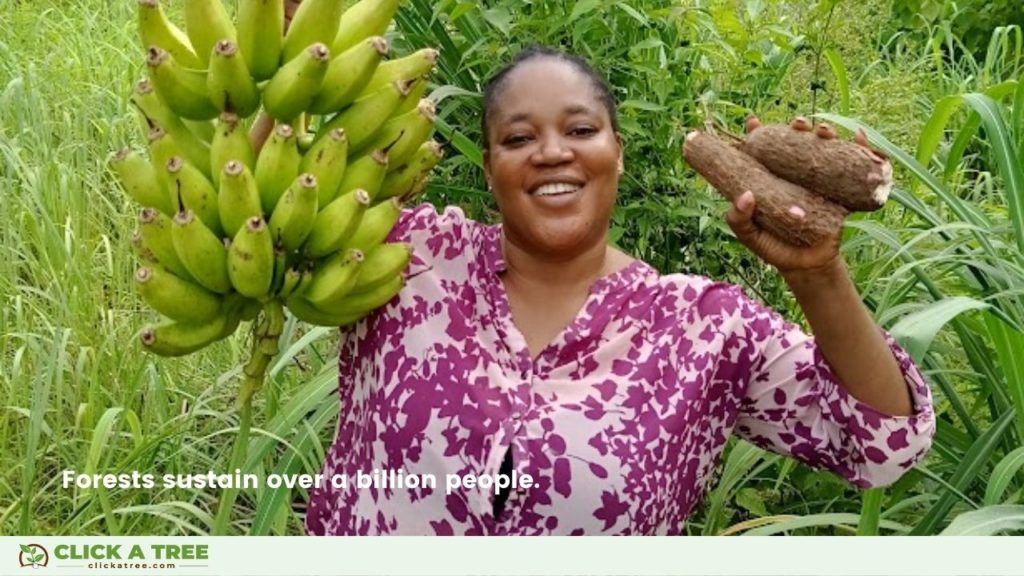
Each tree planted with your help supports sustainable agriculture that provides livelihoods for entire communities. This project also sponsors a local school for entrepreneurs to help young Ghanaians build a better future.
7. Forests Need Fires
Forest fires can be devastating, causing damage to property and the environment. But did you know that fires are crucial to forest renewal?
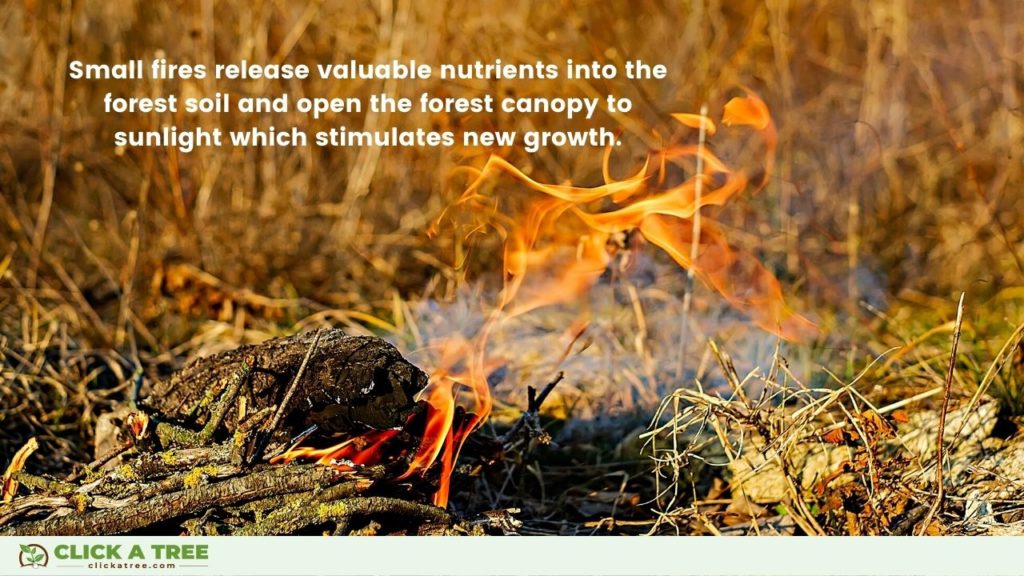
Small fires release valuable nutrients into the forest soil and open the forest canopy to sunlight which stimulates new growth.
It’s a little-known forest fact, that important tree species like lodgepole and jack pine actually need intense heat to open their cones and free their seeds to reproduce.
8. Send Your Kids to Forest School
What is forest school? Forest school gives kids the chance to enjoy the outdoors and learn in a classroom without walls. The popularity of forest schools is increasing as parents are keen to give their offspring the opportunity to play and learn in a natural environment.
For more information about forest schools, take a look at this video produced by the British Forest School Association
9. The Coolest Job aka What is a Forest Ranger?
Forest rangers help to preserve forests by maintaining the land, trails, camping grounds, and forest roads. They also help with preventing and fighting fires. As a forest ranger, you can also get involved in educational programs. It’s one of the coolest jobs in the world!
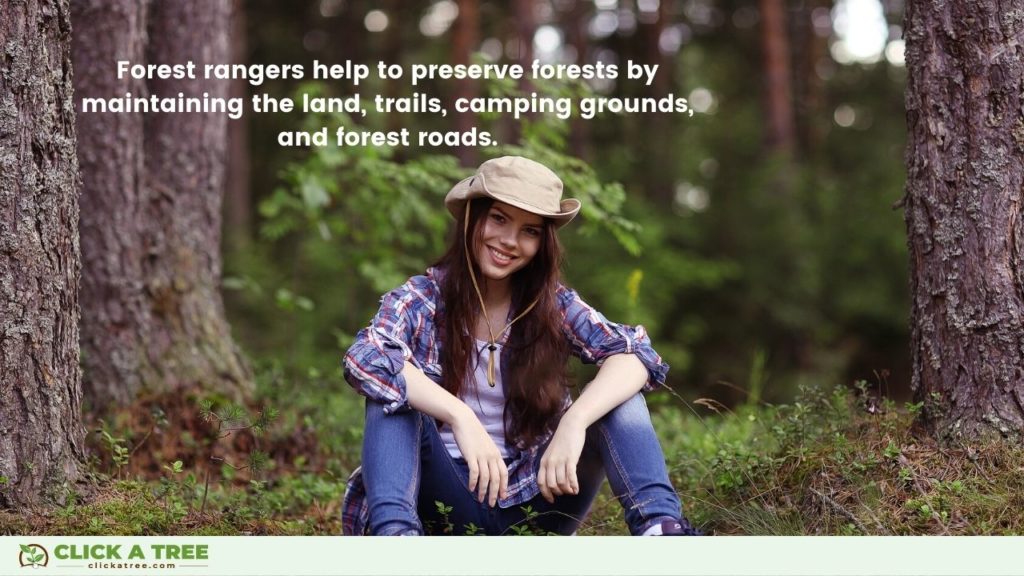
It’s also one of the healthiest. Studies show that being in a forest every day reduces health issues such as respiratory diseases and skin cancer.
Not only that, but forest air contains phytoncides, which have a strong antibacterial effect and help to boost your immune system⁵.
10. Forests Protect Coasts
Mangrove forests protect the world’s most beautiful coasts. Their roots fight erosion by holding onto the soil and preventing it from being washed away.
They provide shelter to animals and humans alike to protect them from storms and act as a nursery for marine life.
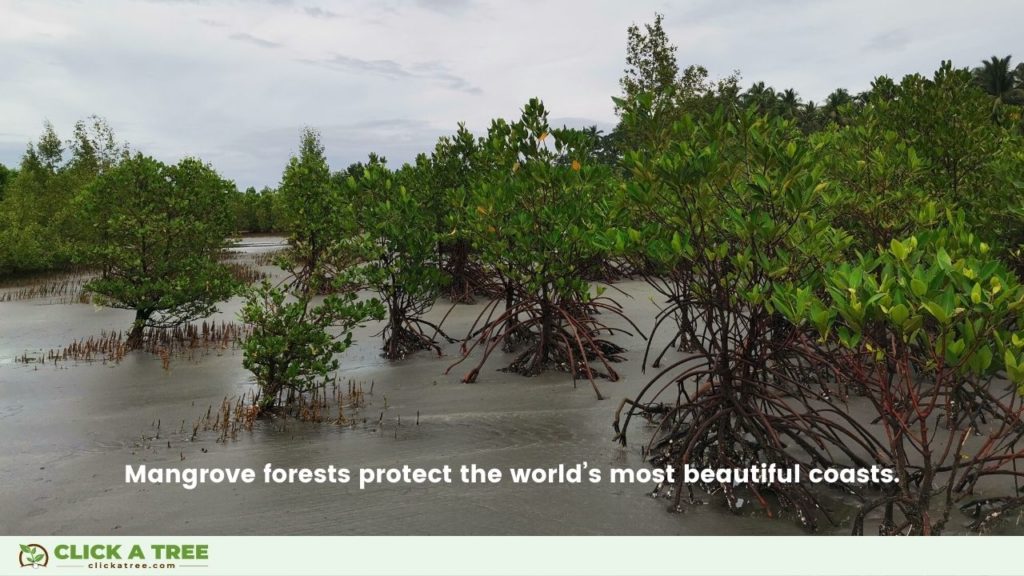
You can read more amazing mangrove forest facts in our article, Mangrove Forests – The All-Round Heroes [7 Vital Functions + 4 Unique Mangrove Facts]
Mangrove forests provide shelter and a nursery for marine life.
That’s why we actively work to restore mangrove forests in the Philippines. Click here to read about our Trees for the Seas project and contribute to the protection of these amazing islands!
11. Forests Prevent Cyclones
Forests can slow down and even prevent cyclones. The crowns of forest trees help to break up strong winds.
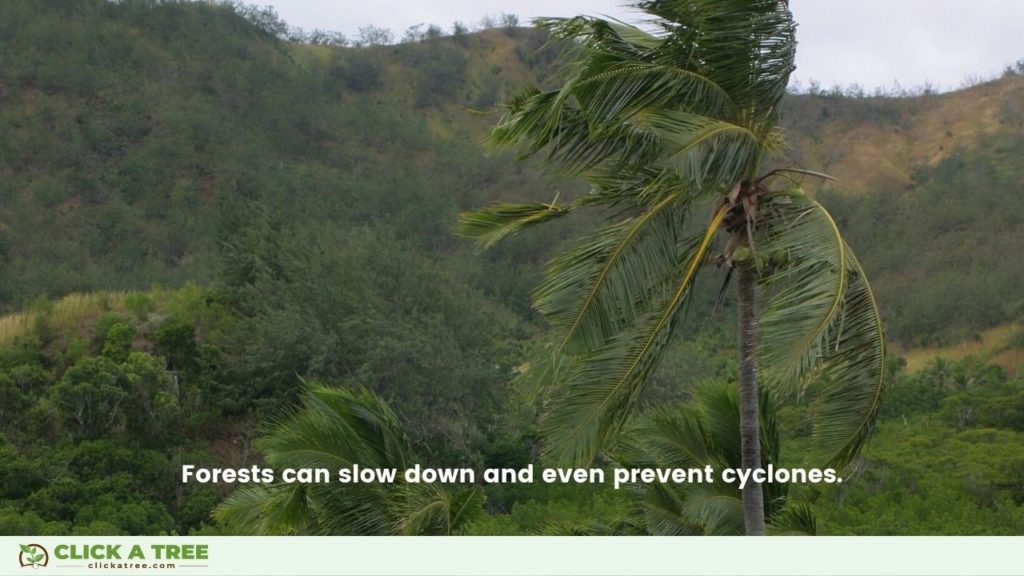
A new study suggests that major reforestation across Europe has the potential to reduce the number of extra-tropical cyclones by up to 80%⁶.
12. Forests Cover 31% of the World
Forests cover 31% of the global land area but are not equally distributed around the globe.
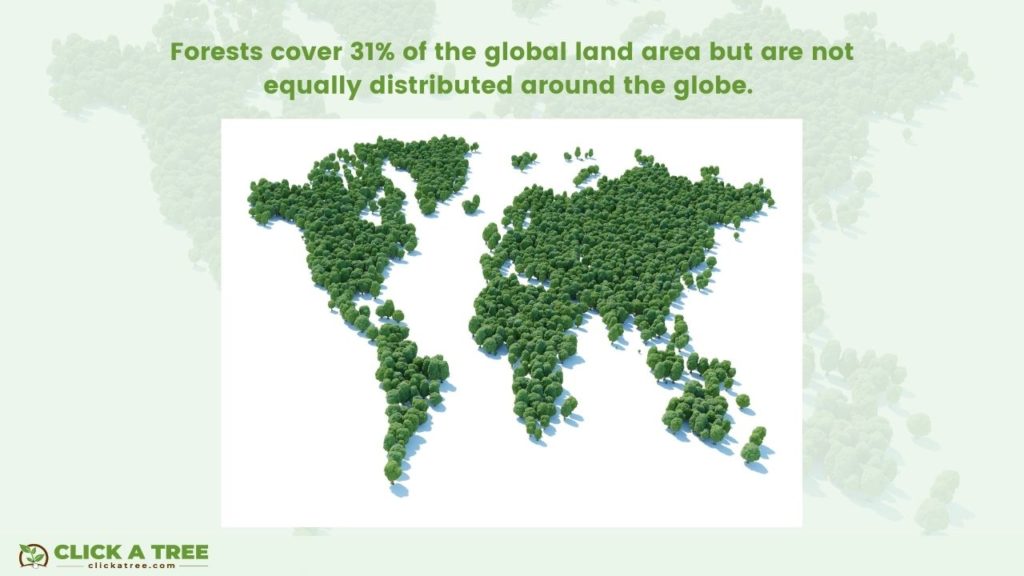
This means some countries have more forests than others: Brazil, Canada, China, the Russian Federation, and the United States of America contain more than half of the world’s forests.
13. Forest Trees Communicate over the Web
Dubbed the wood-wide web, below the surface of temperate forests lies an intricate web of fungi called a mycelium, which provides an underground network that links trees and plants.
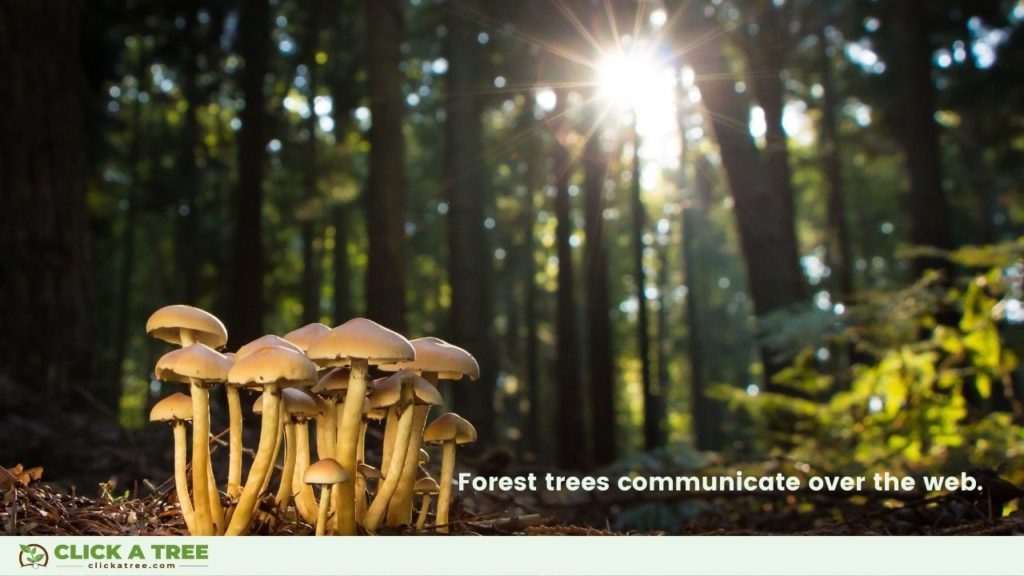
This allows trees to exchange nutrients and communicate with each other about approaching danger.
14. Forests are Millions of Years Old
… and still going strong! A special mention has to be made in our list of forest facts of the oldest forest in the world: The Daintree Rainforest in Australia is estimated to be 180 million years old.
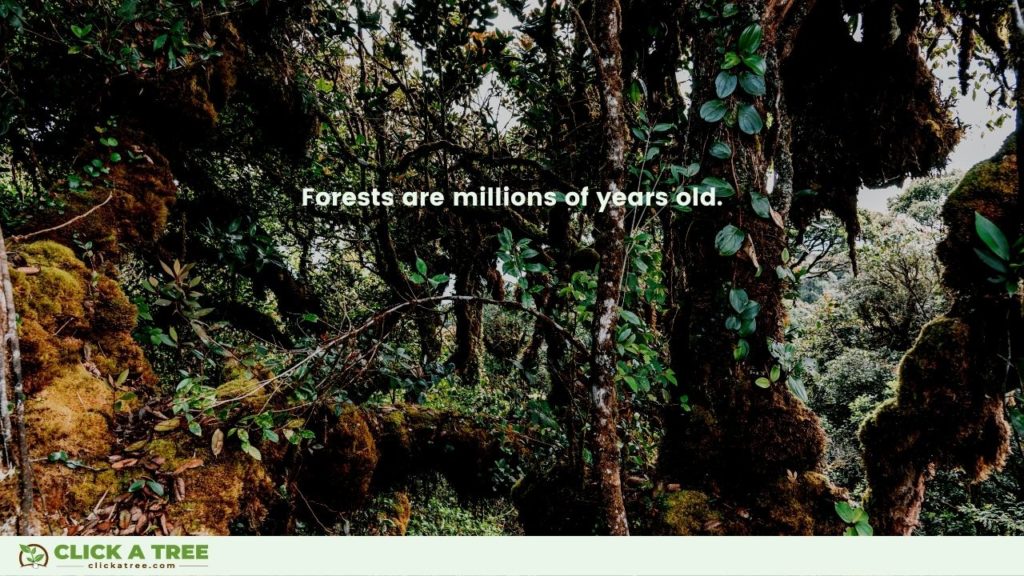
Just think, this forest existed when dinosaurs walked the Earth!
Want to know more about the oldest, rarest, largest and tallest trees?
15. And Finally… What is a Forest Plot?
Fun fact, a forest plot has nothing to do with forests! Although it does contain trees… if you squint a little. A forest plot, also known as a blobbogram, is a way to graphically display the results from a number of scientific studies that address the same question.

This is a forest plot, aka a blobbogram. Not to be mistaken for an area that contains forest!
Fantastic Forests
There is no doubt about it. Forests are pretty amazing! Whether they are millions of years old, producing life-saving medical treatments, or simply there to comfort and protect us, you need forests in your life.
If you had as much fun reading these forest facts as we had in gathering them, share them with your friends and family!
Sources
1 https://www.fao.org/3/I8661EN/i8661en.pdf
2 https://www.nasa.gov/jpl/nasa-finds-good-news-on-forests-and-carbon-dioxide/
3 https://www.intechopen.com/chapters/47844
5 https://www.stateforesters.org/2021/03/18/5-reasons-to-pursue-a-career-in-forestry/
⁶ https://physicsworld.com/a/forests-reduce-cyclone-intensity/